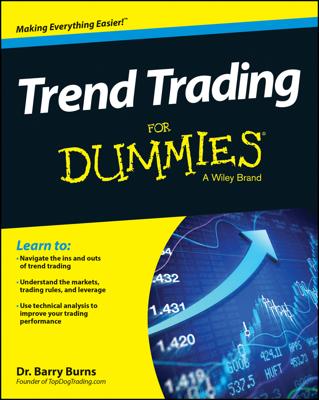There are a number of schools of thought about how the stock market works. Each approaches the stock price trend charts differently and uses them to glean different information about how securities prices are likely to perform. The Elliott Wave is one such school of thought and is based in an interesting number patter known as the Fibonacci numbers.
Remember back when you had to take standardized tests, you’d often have to figure the next number in a series? Well, here’s such a test. What’s the next number in this series?
0, 1, 1, 2, 3, 5, 8, 13, 21
If you answered 34, you’re right! The series is known as the Fibonacci numbers, sometimes called the Fibonacci series or just the Fibs. You find this number by adding together the preceding two numbers in the series, starting with the first two digits on the number line. 0 + 1 = 1; 1 + 1 = 2; 1 + 2 = 3; and so on into infinity.
Furthermore, when the series gets well into the double digits, the ratio of one number to the one next to it settles at .618, a number known as the Golden Proportion, which means that the ratio of the smaller and the larger of two numbers is the same as the ratio of the larger number to the sum of the two numbers.
In nature, this is the proportion of a perfect spiral, like that found on a pinecone and a pineapple.
Ralph Elliott was a trader who believed that over the long run, the market moved in waves described by the Fibonacci series. For example, Elliott believed that a bull market would be characterized by three down waves and five up waves.
Furthermore, he believed that support and resistance levels would be found 61.8 percent above lows and below highs. Under the Elliott Wave system, if a security falls 61.8 percent from a high, it’s a good time to buy.
Elliott believed that these waves ranged from centuries to minutes, so both traders and investors use the system to identify the market trends that suit their timeframes. Others think it’s highly unlikely that the human activity in the stock market would follow the same natural order as the ratio of the spiral on a mollusk shell.

